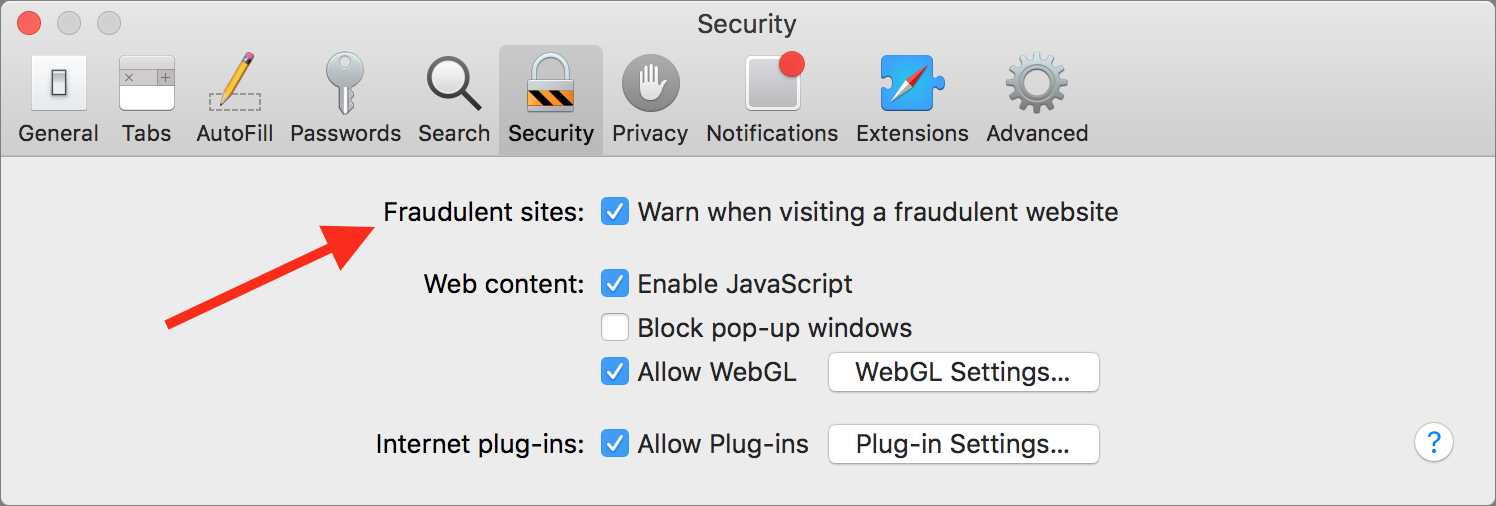

COM APPLE SAFARI SAFEBROWSING SERVICE UPDATE
Update: syncing our iOS devices over the past couple of days, it seems that this update occurs once a day, but we have no idea at what time the update is made available. If you spot a regularity to these updates, let us know in the comments. We’re curious as to how often this database will update – whether it’s going to be regularly updated, such as daily or weekly, or whether updates will only come occasionally.

If it’s not set to “On,” do so it’s a good way to protect your device and yourself from known malicious websites. To check if this is activated on your iOS device, go to Settings > Safari, then look for the Fraud Warning slider. But in the iTunes LCD (the part at the top of the iTunes window that shows the playback timeline and other information), we spotted a message saying “Downloading Safari safe browsing data.” This database, provided by Google, is used by mobile Safari to check for known malicious web sites. Maciej Stachowiak, Apple’s head of WebKit, has confirmed on Twitter that Safari in iOS 14.5 users a copy of Google’s Safe Browsing database that’s hosted on. It’s fair to say that, for many, updating iOS devices to iOS 5 was fraught with much annoyance, and when it finally worked, it was easy to not pay close attention to the process. Safari in iOS and iPadOS 14.5 further limits the risk of information leak by proxying safe-browsing services via Apple servers to prevents user data from being returned to Google. In the Terminal window, enter defaults read /Library/Preferences and then press RETURN. This happened very quickly, but when syncing an iOS device yesterday, we noticed that Google safe browsing data was being synced to the device. You may check if these files contain the malicious URL link by doing the following: Launch the Terminal app from Applications, then click Utilities or search for it via Spotlight. can track you across websites to advertise products and services. Malware Google Safe Browsing Data Syncs to iOS Devices Via iTunes Step-by-step guide to Apple Safari security and privacy settings, with screenshots.


 0 kommentar(er)
0 kommentar(er)
